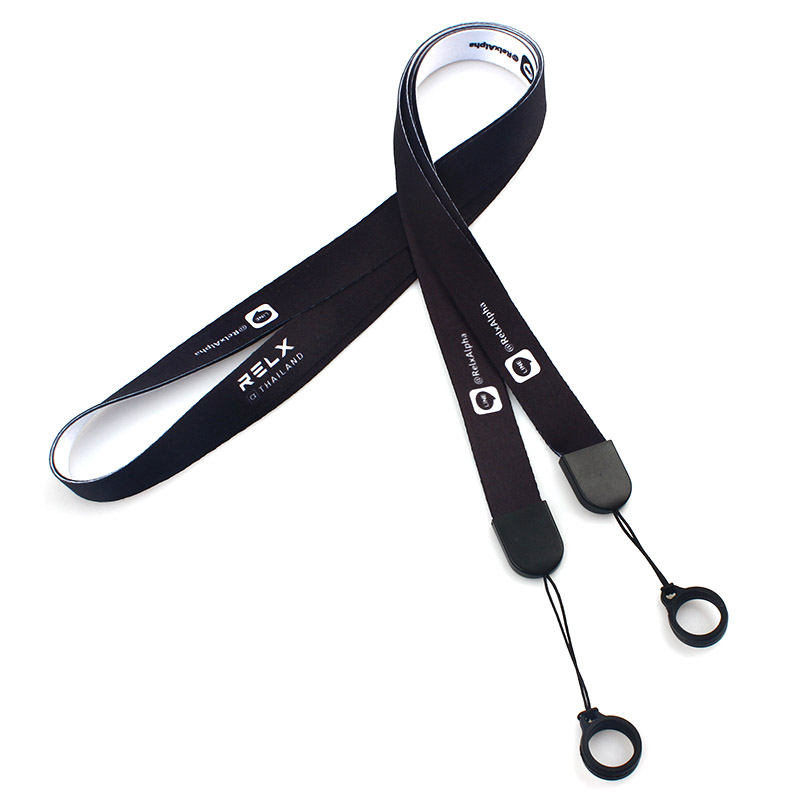In 2012, the growth rate of the textile industry declined. The industrial added value of textile enterprises above designated size increased by 10.5% year-on-year, and the growth rate decreased by 0.2 percentage points compared with the previous year. The total investment in fixed assets of the industry over 5 million yuan actually reached 779.3 billion yuan, a year-on-year increase of 14.6 million. %, the growth rate dropped by 21.7 percentage points from the previous year, the number of newly started projects in the industry decreased by 5.5% year-on-year; the main business income of the textile industry was 557.47 billion yuan, a year-on-year increase of 10.7%, and the growth rate dropped by 15.9 percentage points from the previous year; the total profit was 2943. 100 million yuan, an increase of 7.8% year-on-year, the growth rate dropped by 18.0 percentage points from the previous year.
Since 2012, the international competitiveness of China’s textile products has dropped significantly. Especially for the European and Japanese markets, these two markets are the two major markets for China’s textile products exports. Due to the European debt crisis and the deterioration of Sino-Japanese relations, the share of the EU and Japan markets has fallen again in 2011. Declined by 11.5% and 5.7%. From January to October 2013, Chinese textile exports to the EU continued to decline, and exports to Japan rebounded, but market share declined further.
The growth rate of the industry has declined or even shrunk. Industry companies are in urgent need of seeking transformation, and the industry is facing a reshuffle in the future. Enterprise transformation faces several aspects:
First of all: improve the concept of environmental protection. Energy conservation and emission reduction is the future development trend. The high pollution and non-environmental protection problems in the textile industry have been criticized, which has become unfavorable to the development of the industry. Environmental pollution has become a bottleneck for the development of the industry. Second, enhance brand image, increase brand awareness and market share. Third, expand sales channels. Since 2012, although the industry has been sluggish, online online sales are still hot, which has greatly exerted its power. Fourth, strengthen cost control, such as the research and development of new raw materials, and re-establish market competitive advantages. Fifth, develop diversified and differentiated products to meet market demand and get rid of the serious state of homogenization of products in the industry.



Post time: Nov-12-2019
